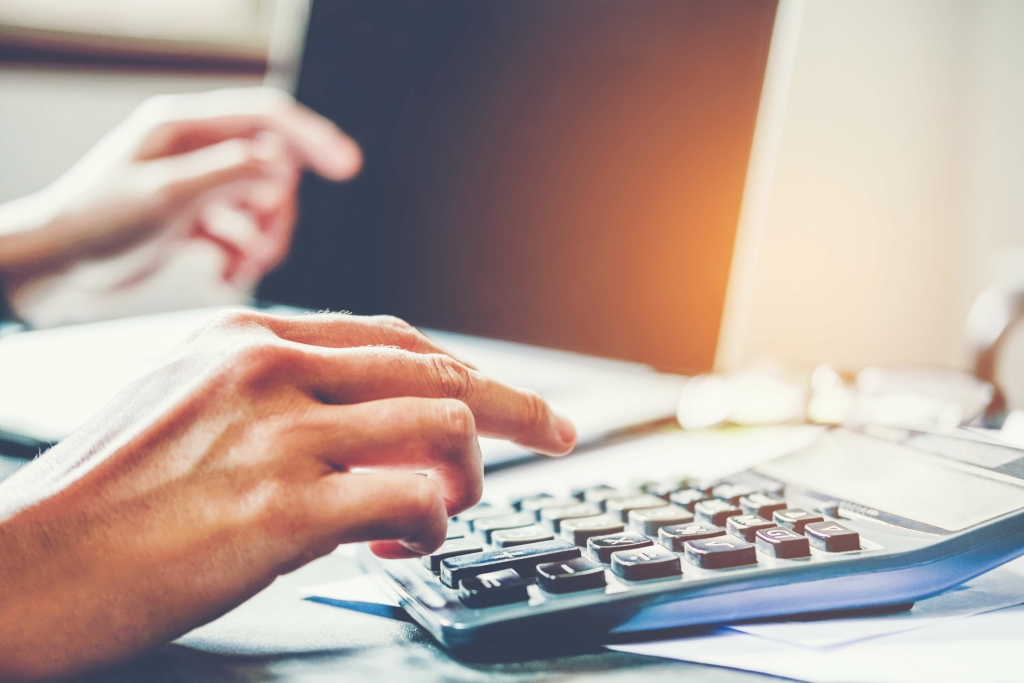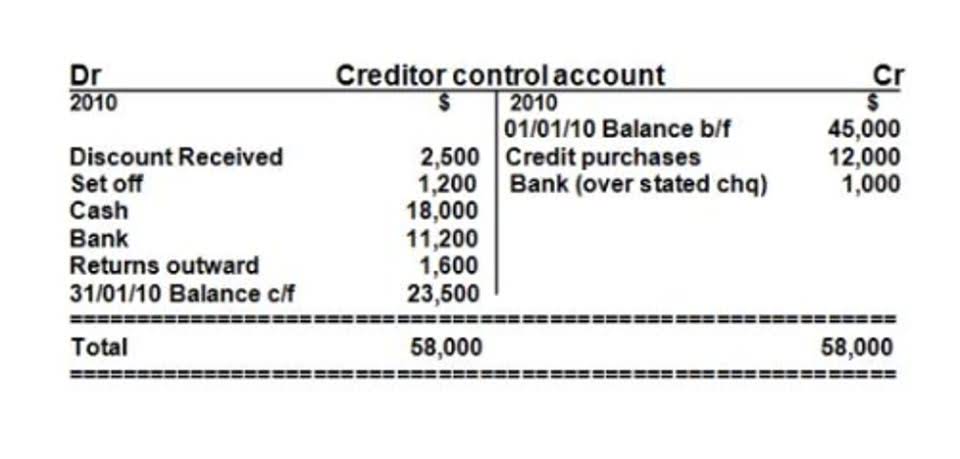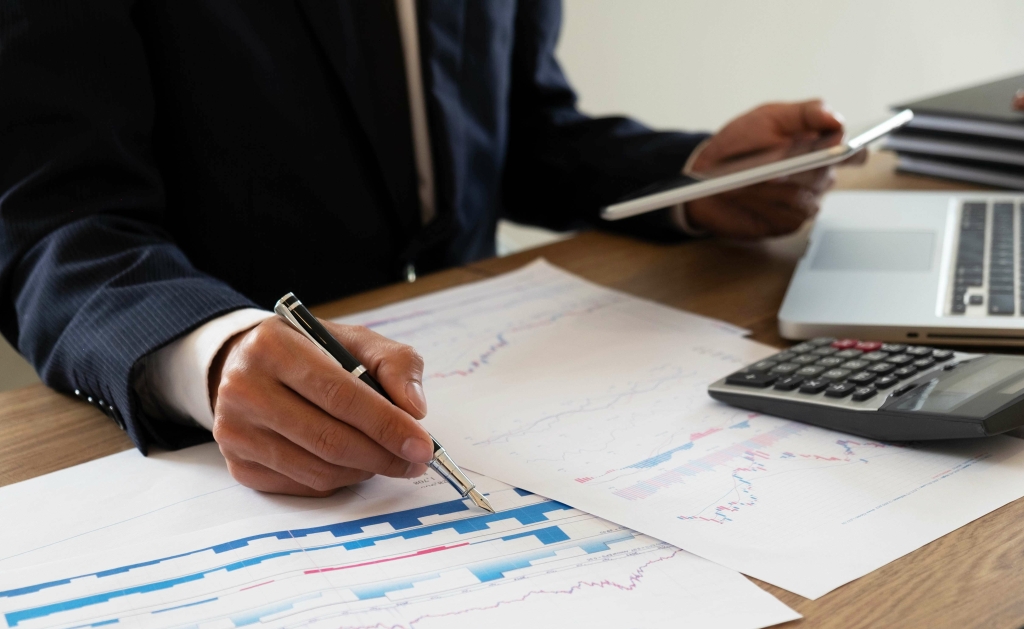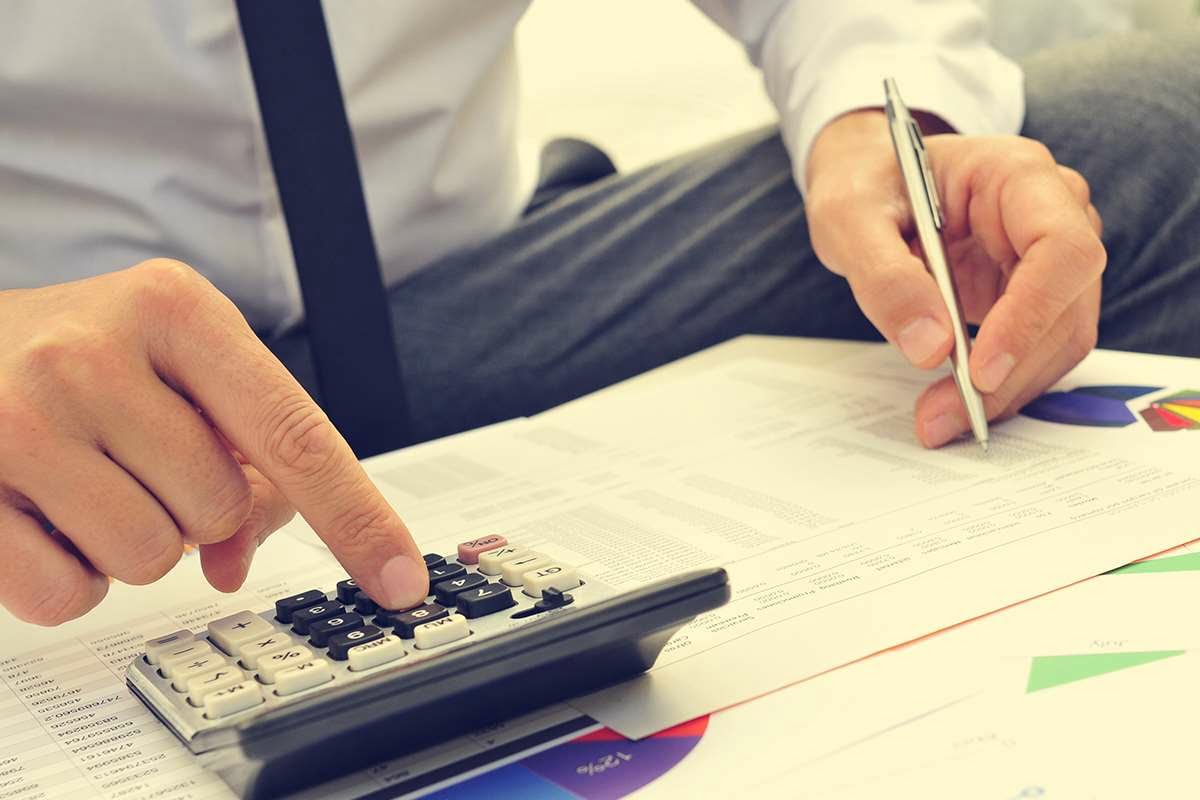Types of Assets List of Asset Classification on the Balance Sheet
Types of Assets List of Asset Classification on the Balance Sheet

Each subsequent period’s opening balance is equal to the prior period’s closing balance, which is how the schedule rolls forward. An exercise such as this is very common in financial modeling and valuation analysis. Therefore, the first few years of the assets are charged to higher depreciation expenses.

Everything You Need To Master Financial Modeling
- This transparency also aids in financial analysis, where investors and management assess asset utilization, profitability, and future capital needs.
- Accountingo.org aims to provide the best accounting and finance education for students, professionals, teachers, and business owners.
- The fixed asset classification is used to categorize the assets in a company’s balance sheet.
- Lou does not have long-term control of the studio space so it cannot be treated as its non-current asset.
- In manufacturing, plant assets like heavy machinery, assembly lines, and warehouses are essential for producing goods efficiently.
Depreciation allocates the cost of an asset over its useful life, spreading the expense to match the asset’s contribution to revenue. Common methods include the straight-line method, which spreads the cost evenly over time, and the declining balance method, which allocates a higher expense in the earlier years. Depreciation is essential in reflecting the wear and tear of an asset, and it helps maintain accurate financial reporting. Improvements refer to significant enhancements made to existing assets, either to extend their useful life or increase their functionality.

What is a current asset on a balance sheet?
Specifically, it comes under the “Property, Plant, and Equipment” category. This cost includes everything the company spent to get the asset, like purchase price, transportation expenses, installation costs, and any other directly attributable costs. Plant assets, also known as fixed assets, are any asset directly involved in revenue generation with a useful life greater than one year. Named payroll during the industrial revolution, plant assets are no longer limited to factory or manufacturing equipment but also include any asset used in revenue production. Aside from fixed assets and intangible assets, other types of noncurrent assets include long-term investments. Plant assets vary widely across industries, as each sector relies on specific physical assets to support its operations and generate revenue.

Definition of Fixed Assets and Plant Assets
Together, current assets and non-current assets form the assets side of the balance sheet, meaning they represent the total value of all the resources that a company owns. It is important to note that the current ratio can overstate liquidity. This is because the current ratio uses inventory, which may or may not be easily converted to cash within a year (this is the case for many retailers and is plant assets a current asset other inventory-intensive businesses). Some assets provide direct economic benefits (e.g., inventory), whereas others indirectly contribute to the future cash flows of a business (e.g., office computer). Current assets are important components of your balance sheet and financial statements.
Classification of Assets: Physical Existence
- Her areas of expertise include accounting system and enterprise resource planning implementations, as well as accounting business process improvement and workflow design.
- One of the CNC machines broke down and Tom purchases a new machine for $100,000.
- Prepaid expenses are regarded as current assets because they represent advance payments made by the company for products and services to be obtained in the future.
- The result will help us determine if referring to ROU assets as fixed assets is appropriate.
- It’s simply a company’s revenue divided by its average total assets, and it’s usually computed on an annual basis.
These are assets on the balance sheet because the company has already paid for them, and they will contribute to future economic benefits. Prepaid expenses are goods or services that are paid for before they are used. Thus they are an asset because the economic benefit will be used in the future. Most prepaid expenses are https://www.bookstime.com/articles/bookkeeping-for-ebay-sellers current assets, although it is possible to have a noncurrent prepaid expense.
- Depreciation reduces the value of property, plant, and equipment on the balance sheet as the value of assets is lowered over time due to wear and tear and the reduction of their useful life.
- The main difference between current and non-current assets (fixed assets) is their expected useful life.
- When a plant asset is acquired by a company that is expected to last longer than one year, it is recorded in the balance sheet at the end of the financial year.
- The company also has a printing press for printing customized merchandise with brand designs.
- The cash ratio is the most conservative because it considers only cash and cash equivalents.
Depreciation of Fixed Assets
As a result, it’s important to monitor a company’s investments in PP&E and any sale of its fixed assets. What these assets all have in common, that also differentiates them from current assets, is that they are not going to turn into cash any time soon and their connection to revenue is indirect. With inventory, we saw a direct match between the cost of the product and the sales revenue. Rent, insurance, and wages are examples of period costs that we match to revenues by posting them to the income statement accounts in the same period as the revenue, using time as our method of matching. The IAS 16 of the IFRS governs the rules regarding recognizing and recording the plant assets in the company’s financial statements. Instead, a part of the cost is periodically charged to the expense account to depreciation the plant assets.
Examples Of Depreciation
Undistributed pamphlets saved for promotion in the future can however be included in the inventory assets. For example, if a customer who owed some money to the business files for bankruptcy, it should no longer be a valuable asset in its accounting books. So far, I have explained what assets are, their characteristics, and types, but as an accounting beginner, it’s equally important for you to learn about what are not assets. Working capital is important because it represents your ability to pay short-term obligations. Current liabilities are important because they represent the amount of money that you owe to creditors.






